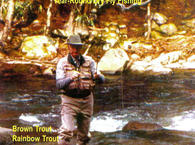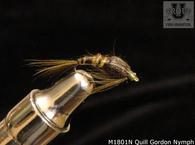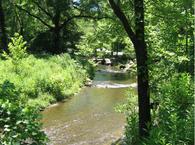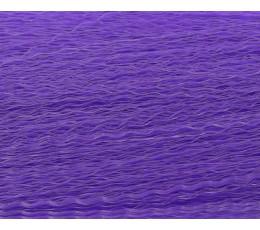Spinner General Information:
 Spinners are the adult mayflies that fly and mate high above the waters of the streams and you may not notice them. The Hendrickson spinner fall in particular can indeed be very heavy. After mating, the males who have a dark rusty brown body with clear wings are the first to fall to the stream or the bank followed by the females. The females however do not fall until their eggs have been deposited on the surface film on the water. Most of the males will fall on the banks, but the females will mostly fall in the water where they can collect in large numbers. The spinners will usually fall very late in the afternoons sometimes even after the time that fishing is prohibited due to darkness. In the Great Smoky Mountains National Park, however, fishing is permitted for one half hour after dark.
Spinners are the adult mayflies that fly and mate high above the waters of the streams and you may not notice them. The Hendrickson spinner fall in particular can indeed be very heavy. After mating, the males who have a dark rusty brown body with clear wings are the first to fall to the stream or the bank followed by the females. The females however do not fall until their eggs have been deposited on the surface film on the water. Most of the males will fall on the banks, but the females will mostly fall in the water where they can collect in large numbers. The spinners will usually fall very late in the afternoons sometimes even after the time that fishing is prohibited due to darkness. In the Great Smoky Mountains National Park, however, fishing is permitted for one half hour after dark.Presentation Information:
During the hatch the trout will line up in the feeding lanes along the seams and start feeding on the spinners. Remember that the males are the first to fall so you should start with the male pattern. Should the action slow down, or should you see the females start to deposit their eggs by dipping to the water in the low light, you may consider changing to the female upright wing pattern of the female spinner. In the event that you do not have female spinner, do not despair, remember that most of the males will fall on the banks and not in the water.
Presenting a spent spinner is somewhat different in that they are presented below the ripples and runs in slower waters and edges along the banks, or in eddies. The current will collect the spent spinners in these slower waters. In this case the trout will have more time to analyze the fly so a good imitation of a spent spinner will be necessary.
As with duns or other dry flies, an up and across presentation will usually be the best approach. It must be drag free, so mend the line if needed. Keep your casts as short as possible using a longer cast only on occasions when a closer approach may not be available due to stream conditions. Use a light tippet perhaps a 6X with a leader of 10 or 12 feet for a delicate presentation.

See the new double sided fly boxes.
Bait/Lure Type:
Equipment:
Techniques:





